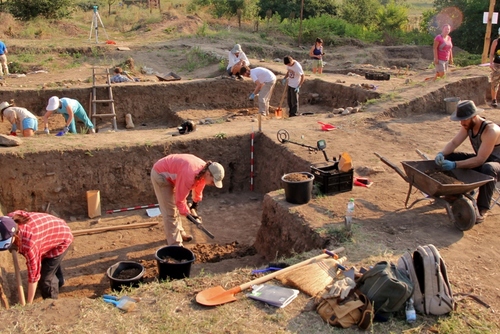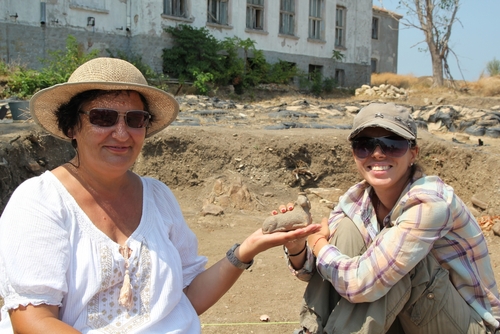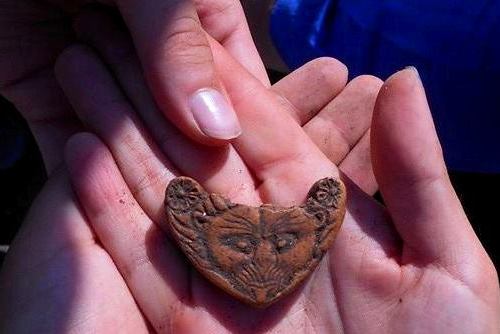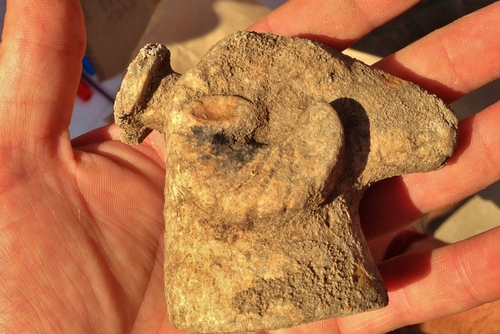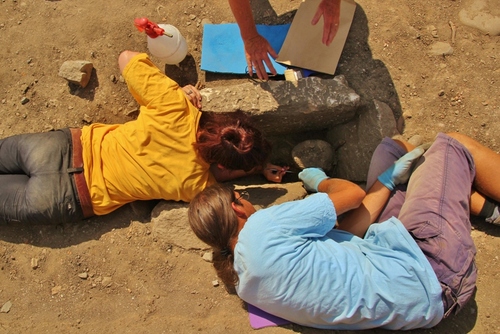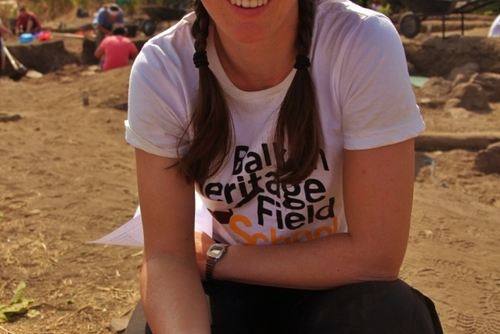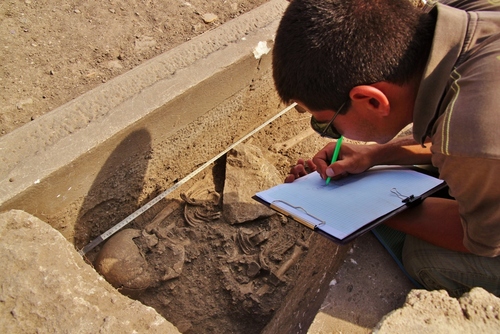Site: Apollonia Pontica - sector of the the ancient city's sacred precinct (temenos) located on St. Kirik Island, Sozopol, Bulgarian Black Sea Coast.
Venue: Sozopol, Bulgaria
Program Dates Tuition
Field school session 1: 27 June - 11 July $ 2,250
Field school session 2: 11 July - 25 July $ 2,250
Field School Session 3 (Session 1 Extended): 27 June - 18 July $ 3,050
Application Deadlines:
For sessions 1, 1+2 and 3: 15 May 2015
For session 2: 1 June 2015
Minimum length of stay for volunteers: 1 session (two weeks)
Minimum age: 18
Number of field school places available: Maximum 35
Project language: English
Experience required: No
Note: The program fees include accomodation.
The Site and the Excavation Project
Ancient Apollonia Pontica (present-day Sozopol, Bulgria) is one of the earliest towns on the Western Black Sea coast. The city, founded by Miletian colonists around 610 BC, was named Apollonia Pontica in honour of the patron deity of Miletus - Apollo. The Ancient authors identify the philosopher named Anaximander as the founder of the city. It became an autonomous and strong democratic polis and important trade center between Ancient Greece and Thrace.
Thanks to its strong navy and naturally protected harbors, Apollonia kept control of the major merchant road along the Western Black Sea Coast, called Via Pontica, for several centuries. The city preserved its independence during the campaigns of Phillip II of Macedon (342-339 BC) and Alexander the Great (335 BC) but in 72 BC it was conquered, pillaged and burned by the Roman legions of Marcus Lucullus. The city succeeded in restoring its former glory and was known in the Roman World as Apollonia Magna (Great Apollonia).
Following the Christian mainstream tradition, its name was changed to Sozopol, town of salvation, in the 4th century AD. Despite the damage, it survived the period of the Great Migration of People (4-7 century AD) and entered the Middle Ages as a focal point of long-lasting Byzantine-Bulgarian conflicts.

